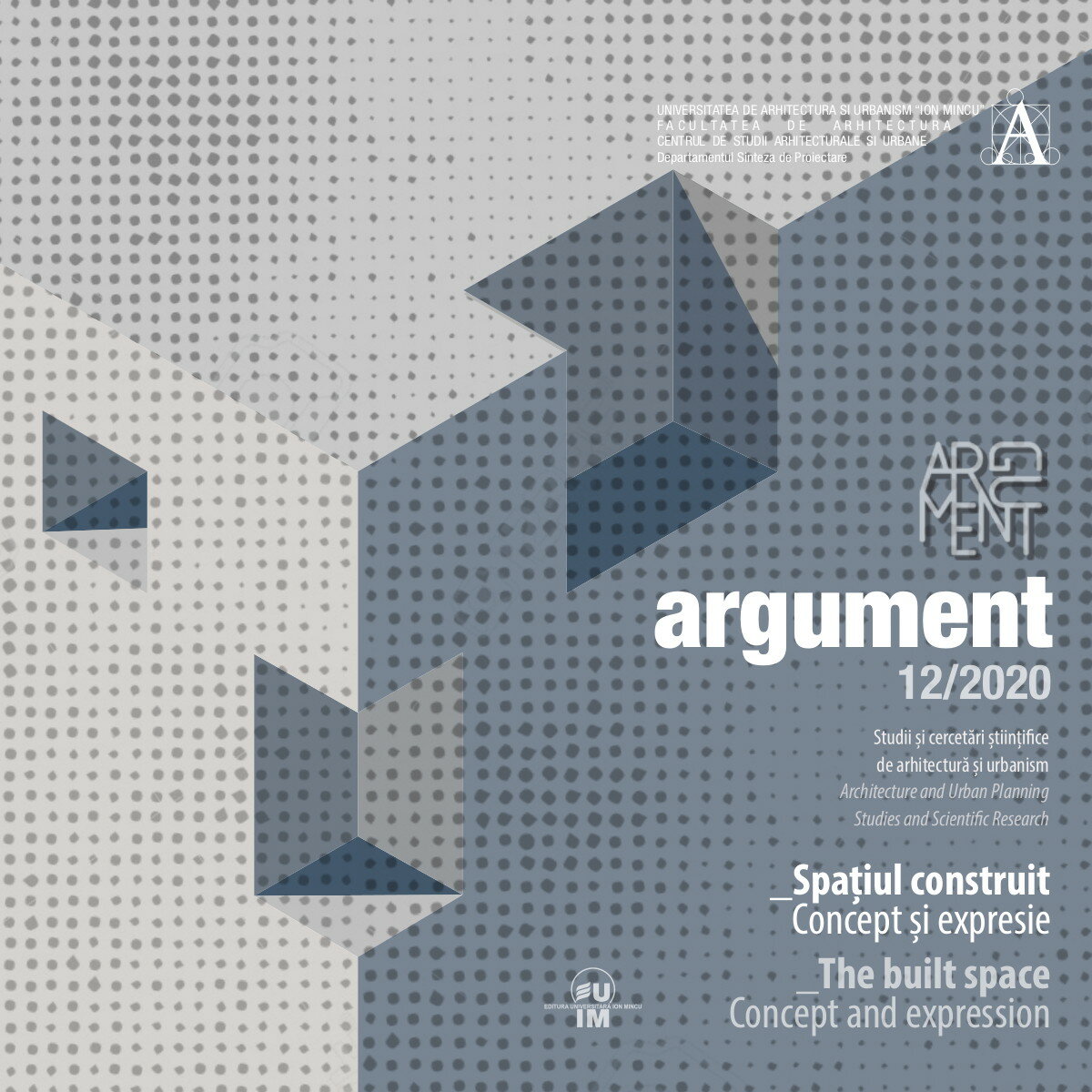AVANGARDA ÎN UNGARIA PARTEA I: OPERE CONSTRUITE ALE LUI FARKAS
MOLNÁR ȘI CONTEXTUL ACESTORA
HUNGARIAN AVANTGARDE PART I. BUILT WORKS OF FARKAS MOLNÁR
AND THEIR CONTEXT
Author(s): Maria Boștenaru DanSubject(s): Cultural history, Architecture, Local History / Microhistory, Recent History (1900 till today), History of Art
Published by: Editura Universitară “Ion Mincu”
Keywords: Werkbund; CIAM; Modernism; architectural programmes; architectural language;
Summary/Abstract: This paper presents the contribution of Hungarian artists working with space and architects to the Avant-Garde. The writer Lajos Kassák contributed with his writings to the propagation of the Avant- Garde (like journals in other countries, ex. Contimporanul in Romania). The strivings to innovate architecture from the beginning of the century could first not be continued after WWI as the Soviet Republic failed. After work in exile, some from the Avant-Garde returned home. Bauhaus student Farkas Molnár built several Modernist single family and apartment blocks, and he also started before his premature death the Holy Land church which remained unfinished. Corresponding to the two phases, before the Soviet Republic and subsequent emigration and after, the Hungarian Werkbund was founded twice. The first founding builds on the turn of the century innovation in the architectural language of the facade. This was researched by means of literature review, visit of exhibitions, and reading some of the interwar works in original. The article tries to put in context the built architecture of Farkas Molnár within the architectural theories of the style and the development of the architectural theories from the point of view of architectural language.
Journal: Argument
- Issue Year: 2020
- Issue No: 12
- Page Range: 221-234
- Page Count: 14
- Language: English, Romanian

